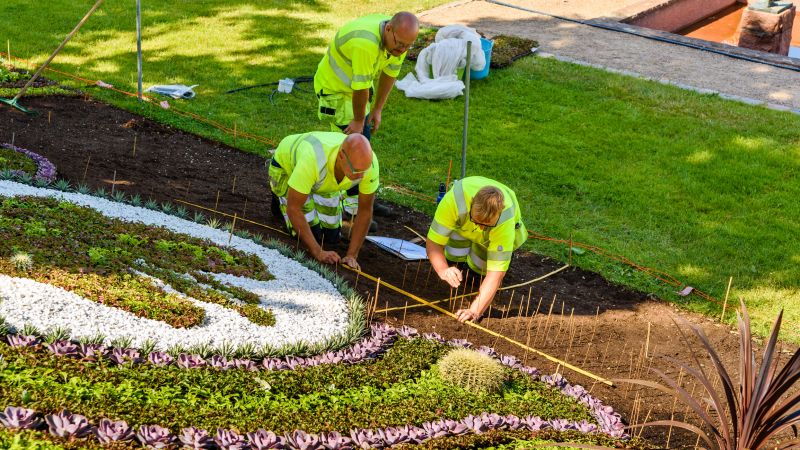Optimal Timing for Native Grass Plantings
Native grass plantings are most effectively established during specific periods of the year to ensure optimal growth and establishment. Timing depends on regional climate conditions, soil preparation, and the specific native species involved. Proper timing can lead to higher germination rates, healthier plants, and reduced maintenance.
Spring and early fall are generally considered the best times for native grass plantings, providing suitable soil moisture and temperature conditions for seed germination.
Preparing soil before the planting season ensures better seed-to-soil contact and promotes healthy root development during the optimal planting window.
Regions with mild winters or hot summers may have different ideal planting periods, requiring adjustments to timing for successful establishment.
Some native grasses benefit from seed stratification, which may influence planting times to mimic natural dormancy cycles.

Ways to make Native Grass Plantings work in tight or awkward layouts.

Popular materials for Native Grass Plantings and why they hold up over time.

Simple add-ons that improve Native Grass Plantings without blowing the budget.

High-end options that actually feel worth it for Native Grass Plantings.

Finishes and colors that play nicely with Native Grass Plantings.

Little measurements that prevent headaches on Native Grass Plantings day.
| Season | Ideal Timing |
|---|---|
| Spring | Early to mid-spring when soil warms |
| Fall | Early fall before soil cools |
| Late Summer | In regions with mild climates, with adequate moisture |
| Winter | In some areas, planting in winter is possible with proper protection |
| Regional Variations | Timing may vary based on local climate conditions |
